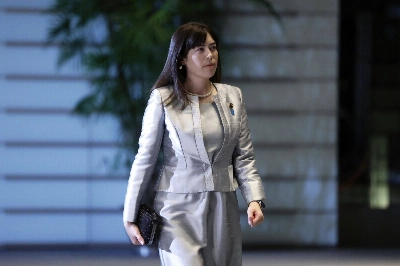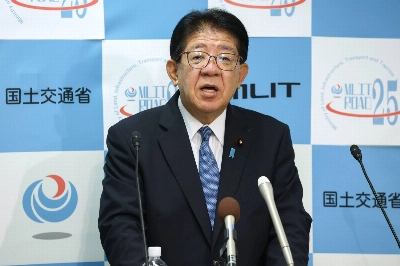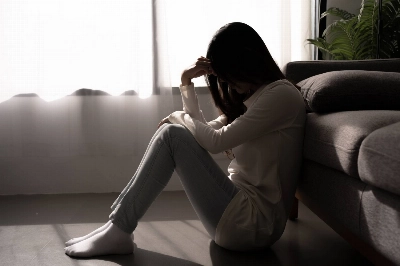Staff writerImagine an Othello game designed so that its black and white pieces can be distinguished by touch, enabling visually impaired people to play.This is one proposed "barrier-free" product, an item that facilitates the lives of people with disabilities.Beer cans with tiny protrusions on their lid -- designed to differentiate them from soft drinks -- as well as shampoo and conditioner bottles that can be distinguished by touch are among the available barrier-free products.These products, which are used both by people with disabilities and others, have been promoted mainly by the E&C (Enjoyment and Creation) Project, a nonprofit group in Japan.According to the Ministry of International Trade and Industry, about 2,000 products had been manufactured by the group as of last year.The shipment sales of such items as electrical equipment, toys and kitchen goods -- all designed for the visually impaired, the hearing impaired and senior citizens -- increased about 30 percent in 1997, according to the ministry.Recently, international attention has focused on promotion of these goods, and the first meeting on setting international standards for them was held in Tokyo on Monday and Tuesday.Under the leadership of MITI, which has urged the International Organization for Standardization to make guidelines for barrier-free products, an ISO working group formed a committee of members from six countries to discuss consumer policies."First, we hoped participants would share the idea and meaning of barrier-free products," said Masahiro Miyazaki, an official in the standards department of MITI's Agency of Industrial Science and Technology. "And we hoped to create a general framework for international guidelines for the products."Working group members hail from Britain, France, Canada and Sweden. Some come from government institutions and others are from organizations dealing with standardization of products, according to Yamazaki.These countries have started their own projects to design facilities and goods and offer social services that can be used by all consumers, including senior citizens and disabled people.In the two-day discussion, the members agreed to work on establishing a set of guidelines that will give authorities on design standards and buildings an idea of how to focus more on built-in accessibility for all kinds of users, Miyazaki said.
2 hours ago

















With your current subscription plan you can comment on stories. However, before writing your first comment, please create a display name in the Profile section of your subscriber account page.